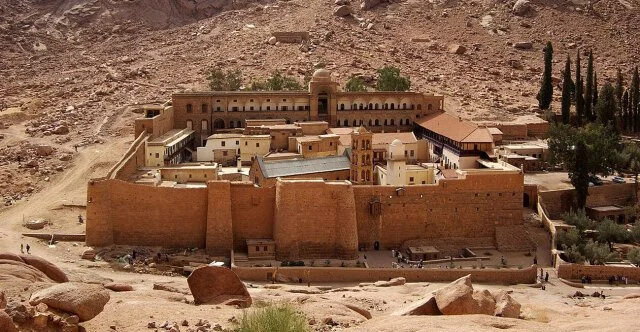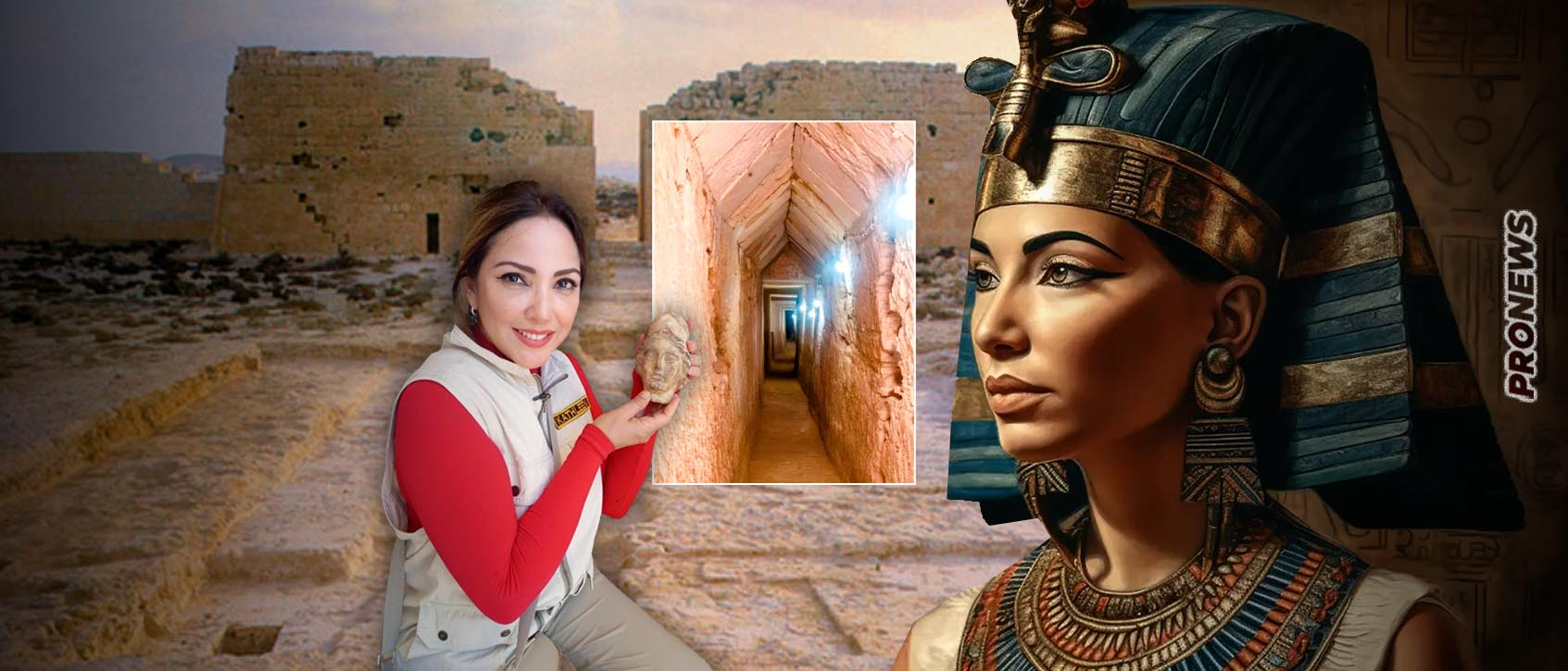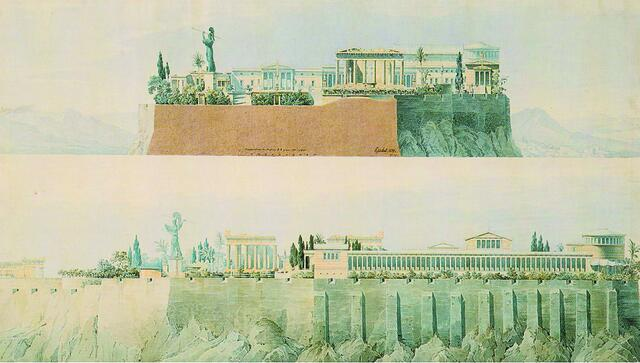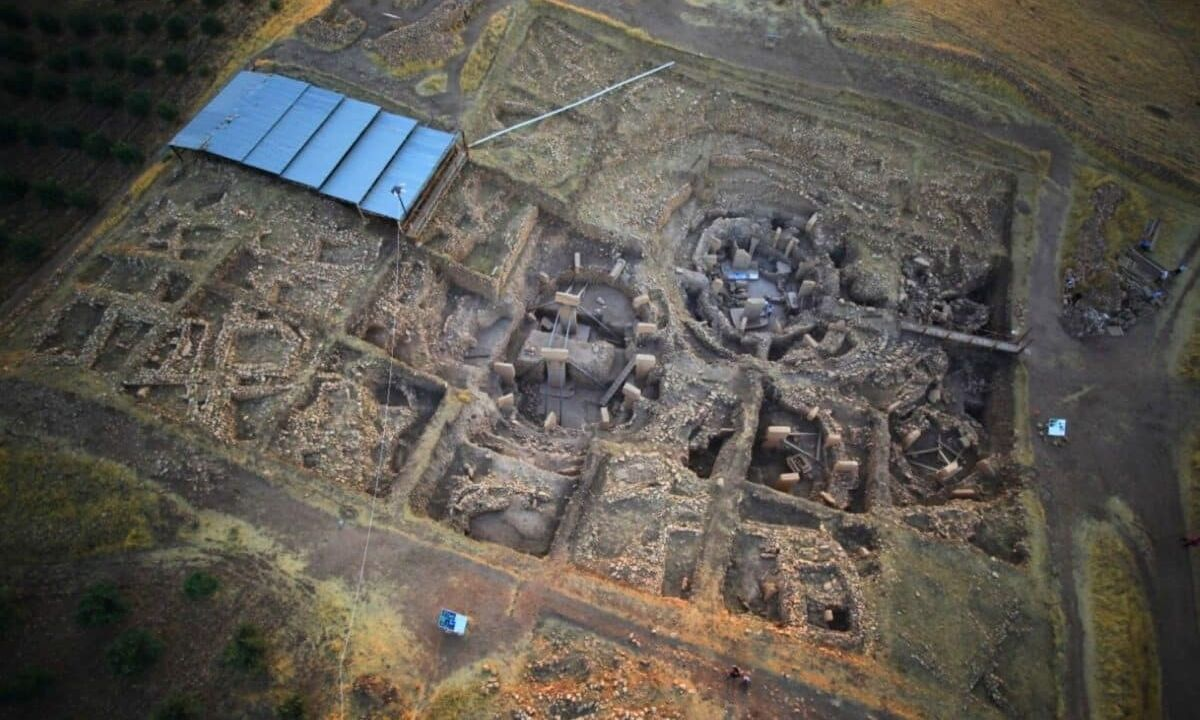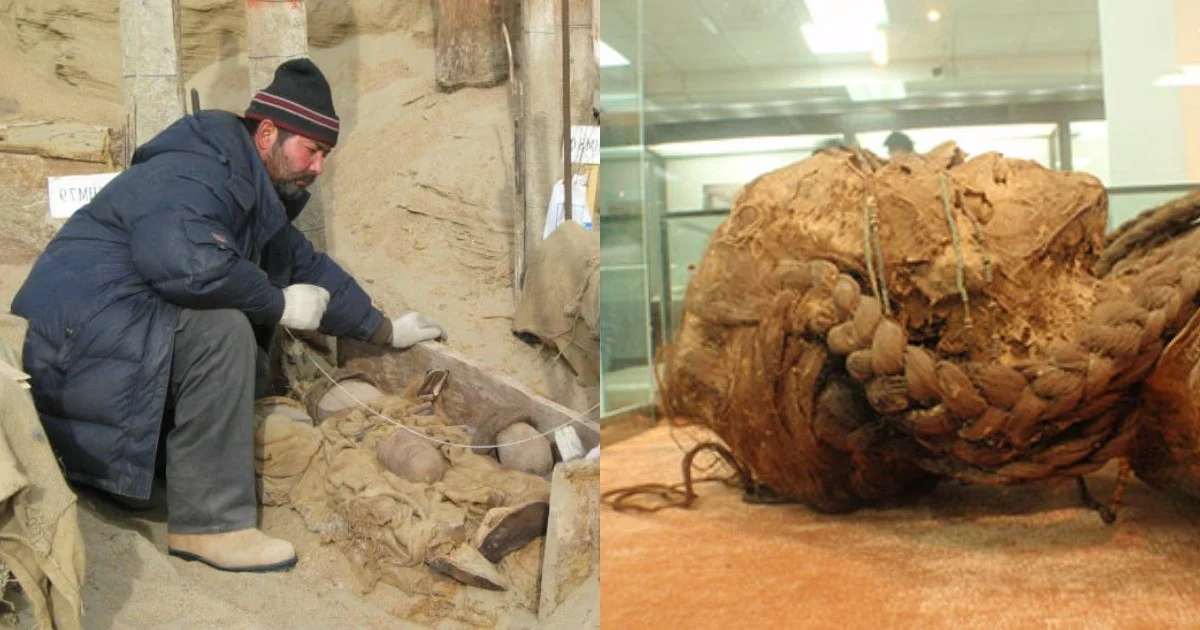The startling idea that many men think about the Roman Empire frequently is currently popular, which points to the enduring attractiveness of an empire that ruled over a region nearly 2,000 years ago. Rome, the capital of the Roman Empire, is one of the best cities in the world for studying its legacy.
The city's most popular historical attractions will draw the majority of visitors, but Rome is much more than just the Colosseum and the Pantheon. The nation's capital is also rife with undiscovered treasures, many of which are just as fascinating as the city's attractions of rigueur, if not more so.
Beyond the Roman Empire, these buildings might show other fascinating facets of its past. For instance, consider the Middle Ages, when conflicts between Italian city-states were so frequent that it considered appropriate to fortify even churches. back to the Fascist era, when Mussolini envisioned building a complete neighborhood to serve as a showcase for his "new" Italian empire to be displayed to the rest of the world.
Here are my top eight recommendations for discovering Rome's undiscovered history.
1. Domus Aurea is the best place for luxury and history
The archaeological site of Domus Aurea, often known as the "Golden House of Nero," doesn't receive the same kind of attention from tourists as, say, the Colosseum, Forum, or Pantheon. But it ought to.
The Domus Aurea is only available to visitors on pre-booked, archaeologist-led guided tours (Credit: Amanda Ruggeri)
Emperor Nero—the same emperor who is famous for "fiddling while Rome burned"—built the historic palace, which once covered up to 300 acres of territory. We do know that he benefited from the great fire of 64 CE by using the freed land to construct the palace of his dreams, even though it seems unlikely that is the case. The palace, according to the ancient writer Suetonius, was decorated with gold, diamonds, and shells. It also boasted a rotating circular banquet hall to entertain its visitors. While many of these sumptuous elements have vanished, a surprising number still exist, including the vibrant frescoes and stuccoed ceilings. To further enhance its splendor, the site now offers virtual reality experiences and light projections to visitors.
The Domus Aurea is only accessible to tourists on pre-booked, archaeologist-led guided tours due to the site's fragility. The Domus Aurea has been closed numerous times due to flooding and drainage problems, even losing a 645 sq ft portion of its roof following severe rains in 2010. These can be reserved on the Domus Aurea website and are offered in Italian or English.
2. Quartiere Coppedè is the best for whimsical architecture
The architect Gino Coppedè was to Rome what Gaud was to Barcelona, despite the fact that today few tourists to the Italian city are familiar with Coppedè. That might be the case because you have to travel to a small neighborhood just north of Rome's ancient center to see his artwork. It is only a 1-kilometer walk or 15-minute bus ride from the Borghese Gallery or a 2-kilometer drive from the Termini train and bus station, but it is well worth the short excursion.
Quartiere Coppede is a mix of Baroque, Mannerist, Medieval and even Ancient Greek styles (Credit: Amanda Ruggeri)
The Quartiere Coppedè, totally created by Coppedè between 1915 and 1927, is unlike any other area of Rome. Although Coppedè's imaginative ideas of Baroque, Mannerist, Medieval, and even Ancient Greek styles combine to create a charming, whimsical hodgepodge, it is more correctly classified as Art Nouveau. Imagine an area that is less than half a square kilometer in size with villas in the Venetian style, towers in the medieval style, and even an arch that evokes the Roman Empire.
3. Catacombs of Santa Priscilla are the best for early Christian art
Rome's well-known catacombs along the Appian Way are where most tourists go when they arrive. The Catacombs of Santa Priscilla are much less well-known but just as fascinating, if not more so. They are close to the Quartiere Coppedè and are situated just to the north of the old center on the Via Salaria.
Catacombs of Santa Priscilla's underground tunnels and vaults remain decorated with Early Christian art and iconography (Credit: The Picture Art Collection/Alamy)
The catacombs, which were used for burials from the third to the sixth centuries and are one of the most revered pilgrimage sites in Rome, are the final resting places of many martyrs and no less than seven popes. They were previously referred to as the "Queen of the Catacombs" due to their importance.
Stunning Early Christian art and iconography may still be seen in the underground tunnels and vaults today, including what is frequently considered to be the earliest depiction of the Virgin Mary ever discovered, dating to the third century. Even more intriguing is how frequently discussion on women's early engagement in the Church has been triggered by these frescoes. One, for instance, appears to show a woman presiding over a banquet, showing that women were more active in the Early Christian Church than is often believed.
4. Mattatoio is the best for contemporary art
The Mattatoio (formerly the MACRO Testaccio) is unlike other museums of modern art. One of the reasons is because it's situated in a slaughterhouse, an unexpectedly appropriate setting for the formerly meatpacking district. In addition to being a venue for exhibitions, it has recently undergone renovations that have made it a hub for creative and cultural study, including serving as the campus for the University of Roma Tre's Faculty of Architecture.
The Mattatoio (formerly the MACRO Testaccio) is located in a former slaughterhouse (Credit: Julian Castle/Alamy)
Massive pavilions that were once used for things like butchering pigs are now used as galleries for contemporary art of all kinds. Consider kid-friendly workshops that combine movement, music, and painting; DJ sets that tell Mediterranean tales while using text and picture projections; and even plays that are directed by students of the Silvio dAmico National Academy of Dramatic Art.
As you plan your trip to Rome, keep an eye on the museum's online calendar of events to learn about any interesting exhibits or performances that could be scheduled.
5. Palazzo Massimo alle Terme is the best place to see old art and sculpture
This museum is frequently referred to as Rome's primary "archaeological museum" because of its convenient location close to Rome's Termini station. However, this is a misnomer that can deter tourists who have seen enough ancient sites, which is why it is frequently so empty. The Palazzo Massimo alle Terme is better thought of as an antique museum of art and architecture, complete with exquisite bronze and marble statues, wonderfully preserved frescoes, and intricately carved sarcophagi.
The Palazzo Massimo alle Terme is a museum of ancient art and architecture (Credit: Amanda Ruggeri)
Some of the pieces on display here, such as the 1st-Century BCE Boxer or the ancient Roman replicas of the 5th-Century BCE Discobolus, will be familiar to everyone who has ever taken an art history class. The parts of the museum where entire frescoed walls and ceilings from unearthed old villas have been recreated are the most exciting since you can stroll through the rooms much like, instance, Livia, Emperor Augustus' wife, would have. (Don't skip a visit to the Painted Garden area, which features intricate, peaceful paintings of plants and birds that Livia is rumored to have oversaw the creation of herself.)
It can be challenging to imagine how ancient art and sculpture might have appeared at locations like the Forum or even the Baths of Caracalla when seeing ancient Rome. More than any other museum, it is this one that completes the picture.
6. EUR is ideal for considering the past
Looking for a change of scenery from Renaissance palaces and cobblestoned streets? Consider EUR a palate cleanser and a unique (and eerie) view into a time period that is frequently overlooked in museums devoted to Rome's magnificent past.
EUR was designed and built under Benito Mussolini to host the World Expo Fair of 1942 (Credit: dam Eastland/Alamy)
Under Benito Mussolini's supervision, a planned community called EUR (Esposizione Universale Roma, or Universal Exposition Rome) was created to the south of the city to house the 1942 World's Fair.
Of course, this World Expo Fair never took place. But after World War Two, construction resumed in the hopes of transforming the area into a business zone. The neighborhood was transformed by the 1960s into the mixture of Fascist and more modern buildings that you can still see today.
It gives an unsettling impression of what many of Italy's cities might look like today if history had turned out differently because it is a planned district with towering, stark buildings modeled after imperial Roman architecture, such as the Colosseo Quadrato (Square Colosseum), a towering modern obelisk, and even an artificial lake.
7. Palazzo Farnese is known for stunning ceiling frescoes
One of Rome's most beautiful palaces is located in the center of the city on one of its most charming piazzas. It was built for a pope, was designed by Renaissance greats like Michelangelo and Giacomo della Porta, had frescoes painted by some of the best painters of the early 16th Century, and is still used as a significant political center today. Not the Vatican, I assure you. The French Embassy now resides in the Palazzo Farnese. It is one of the best kept secrets in the city center, in part because booking a tour (in English, Italian, or French) at least a month in advance is necessary.
The Palazzo Farnese requires pre-booking a tour at least a month in advance (Credit: Amanda Ruggeri)
But the extra work is worthwhile. You not only have the opportunity to see behind the scenes in a palace that formerly belonged to the Farneses, one of the most illustrious families of the Renaissance (Alessandro, the cardinal who ordered the house, later rose to become Pope Paul III). You will, however, be one of the select few tourists to see the ceiling frescoes, which are regarded as the best in Rome save those in the Sistine Chapel. Frescoes from the turn of the 16th century that are incredibly stunning, expertly painted, and have just undergone restoration bring mythological stories like the story of Bacchus and Ariadne to life.
8. The Basilica of Santi Quattro Coronati is the best for medieval art
Signs of the medieval past can be difficult to uncover in a city that didn't attain its splendor until the late Renaissance and Baroque periods—unless you know where to look.
The Basilica of Santi Quattro Coronati has a working convent and a graceful Romanesque cloister (Credit: Amanda Ruggeri)
The Basilica of Santi Quattro Coronati, which is within a half-kilometer from the Colosseum, is one such location. It resembles a medieval fortress more than anything else from the outside. This is due to the fact that, despite being built in the fourth century, the church was destroyed in the 1084 fall of Rome and had to be rebuilt, this time with defenses.
The church still houses a functioning convent and a beautiful Romanesque cloister, but more than only the building's aesthetics and spiritual atmosphere transport you back in time. One of Rome's finest specimens of medieval art may be seen in the chapel dedicated to St. Sylvester. These murals, which commemorate the life of St. Sylvester and date to the 13th century, are extraordinarily colorful and well-preserved and appear to have been created just yesterday.










